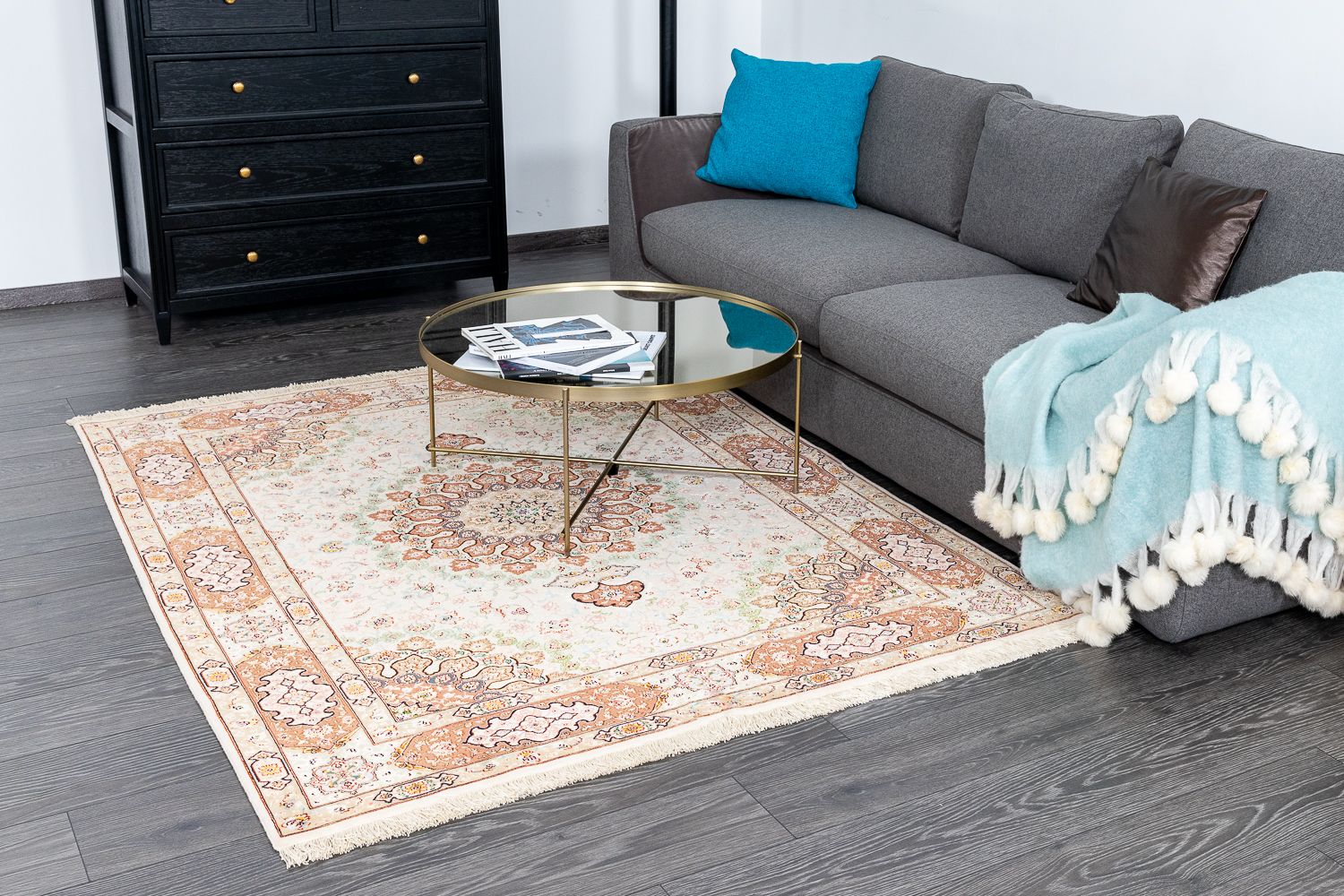Texture and Design: The Key to Elevating Spaces
페이지 정보

본문
Texture refers to the surface quality of an object, which can range from silky to hairy, flat to thick, and even experience.
When mixing different textures, it's vital to strike a balance between contrasting elements and cohesion. A room that feels too homogeneous in texture can appear monotonous and lacking in curiosity. On the other hand, a space that features too many clashing textures can produce visual chaos and эксклюзивные ковры overwhelm the senses. The key is to find a balance between texture contrast and similarity.
One way to experiment with texture mixing is to focus on a specific theme or element within the design. For example, you might start with a statement piece, such as a chunky throw blanket or a piece of sculpture, and then construct the rest of the design surrounding it. The goal is to create a visual flow that guides the viewer's eye through the space while maintaining a cohesive atmosphere.
In addition to theme-driven approaches, designers often use a hues as a tool for texture cohesion. By selecting a limited range of colors and sticking to them, you can create a sense of continuity throughout the space, even when working with unique textures. Consider using calm colors for surfaces while incorporating bolder colors through textiles, furbishings, or decorative accents.
Regarding a variety of textures, it's also vital to consider scale and proportion. Large textures can outshine a room, especially in compact spaces or when paired with unique patterns. In contrast, delicate textures can be nearly imperceptible in a space dominated by imposing prominent elements. A balance of texture sizes can create a thought-provoking environment.
Additional considerations for texture mixing include choice of materials, lighting, and personal preference. For example, if you're working with a space that receives plenty of sun light, you can opt for more reflective textures to enhance the atmosphere. Conversely, in dim spaces, absorbent textures can help to create a more inviting atmosphere.
In the end the art of mixing different textures is all about trial-and-error. By understanding the language of texture and how to balance visual difference and similarity, designers can design unique, engaging spaces that resonate with occupants and leave a lasting impression on visitors. With practice, and an artistic eye, you can master the art of texture mixing and amplify your interior design skills to new extremes.

- 이전글La Prossima Pallina, Imprevedibili Sorprese: Il Re dei Casinò Ti Guida Nel Cuore dell’Azione! 25.03.28
- 다음글The largest Problem in Daycares By Category Comes Right down to This Phrase That Begins With "W" 25.03.28
댓글목록
등록된 댓글이 없습니다.


 블로그체험단 바로가기
블로그체험단 바로가기